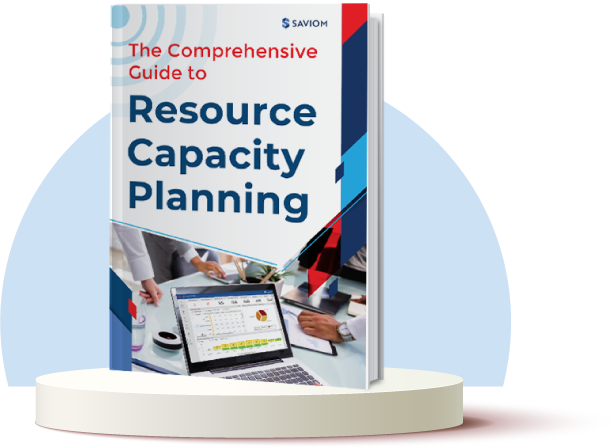The Challenge
FTI Consulting is a business consulting firm providing expert advisory services to optimize performance and navigate complex challenges. Before using SAVIOM's ERM tool, FTI used another solution that lacked advanced resource scheduling capabilities, failed to produce the anticipated results, and posed several challenges instead. For instance,
Anna Powell from FTI Consulting says,
“ The other tool we used was clunky, for example- if you want to make any changes to anything to do with the system, it is very difficult. ”

About FTI Consulting
FTI Consulting has been in the industry for over 40 years and has grown to become one of the top global consulting firms. The combination of their specialists and their unique skills acts as reliable guides for clients facing pivotal challenges.
The company provides a wide range of services tailored to support clients throughout their business journey, from proactive risk management to swift responses in times of unforeseen crises.
The Solution
FTI Consulting was looking for a highly adaptable tool that matched their distinctive needs and saved them time. That's when they came across SAVIOM, a market leader in resource management solution.
The resource managers at FTI now have a comprehensive view of their resources and projects. With a 360-degree visualization of resources, managers can find the right person for the right job. Thus, the tool's flexibility has made scheduling activities a lot easier.
Anna says,
“It is a very visual tool. It gives you a full picture of where you and your staff are, letting you know the current staffing situation straight away.“
The tool's intuitive drag-and-drop functionality enabled the company to see changes instantly in real time. This ensured all relevant stakeholders were immediately informed of updates, preventing miscommunication or confusion regarding scheduled deadlines.
“The tool is easy to program and configure, for example- setting up parameters is intuitive. You can also make it work the way you want it to work and also make it look the way you want it to.“
Thus, of all the tools they have used so far, SAVIOM stands out as the superior choice and remains their most preferred option.

Result: FTI Consulting now schedules about 200 employees in their office in the United Kingdom.
Saviom ERM tool has significantly enhanced FTI Consulting's resource allocation and scheduling capabilities. It helps managers ascertain that the resources' skillset aligns with their tasks and utilization per their capacity. Finally, with its meticulous scheduling process, Saviom perfectly fits the firm's needs.
Key Takeaways
SAVIOM's robust resource management software enables businesses to streamline resource scheduling and meet their unique requirements.
Anna says,
“It is the best resource planning tool that I have ever used. It's light, it doesn't have a lot of systems behind it, so it is easy to operate.“
The tool's flexibility and easy configuration have made it the preferred choice for FTI Consulting and numerous other organizations.










